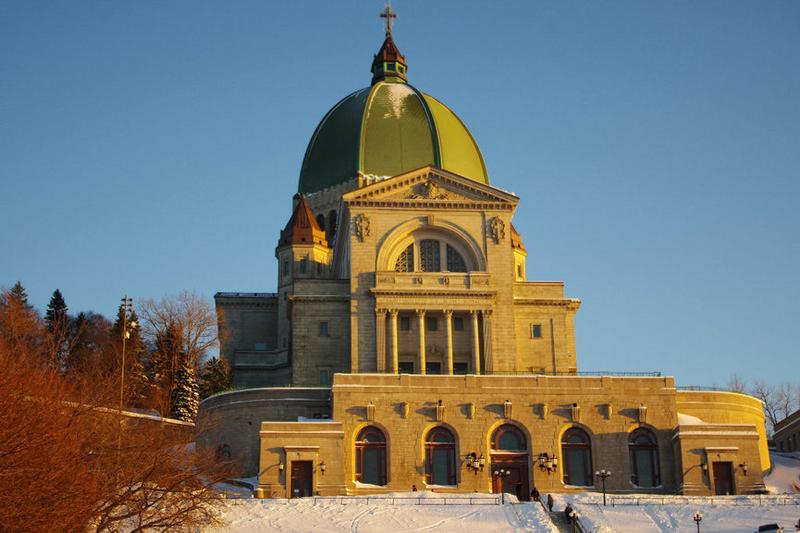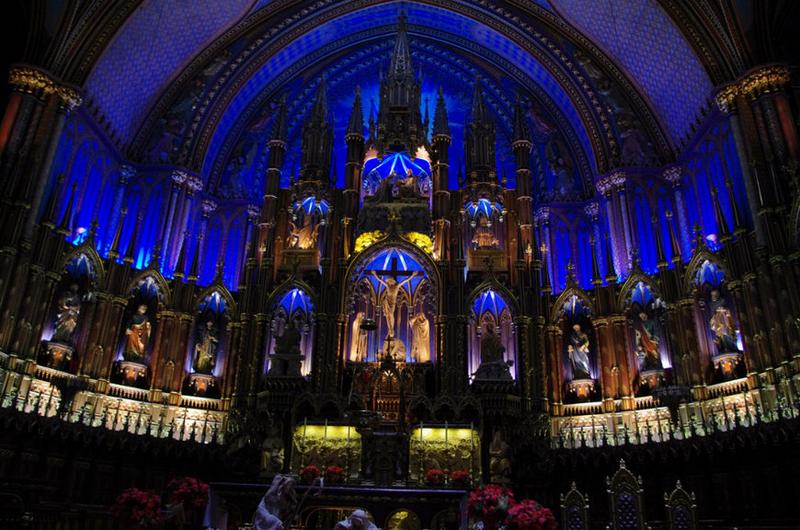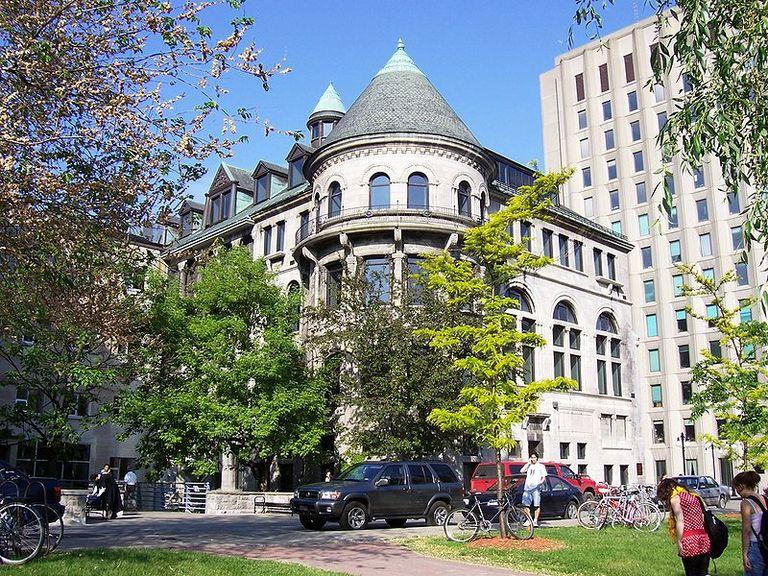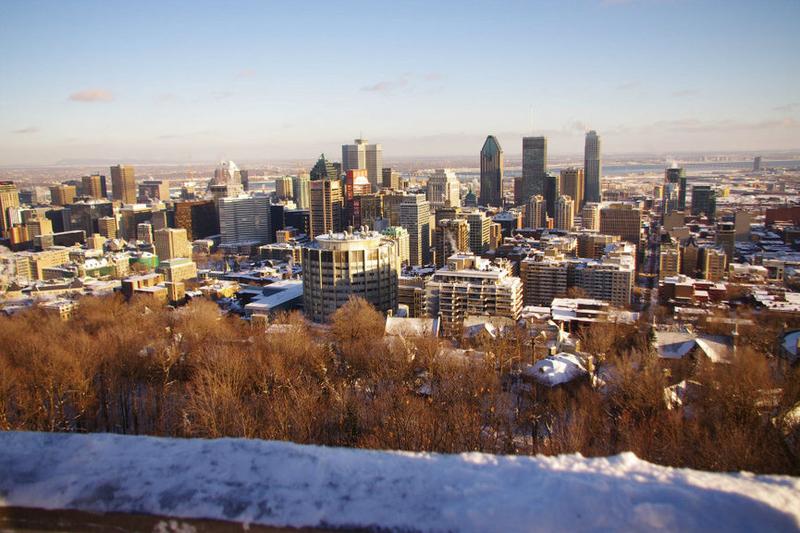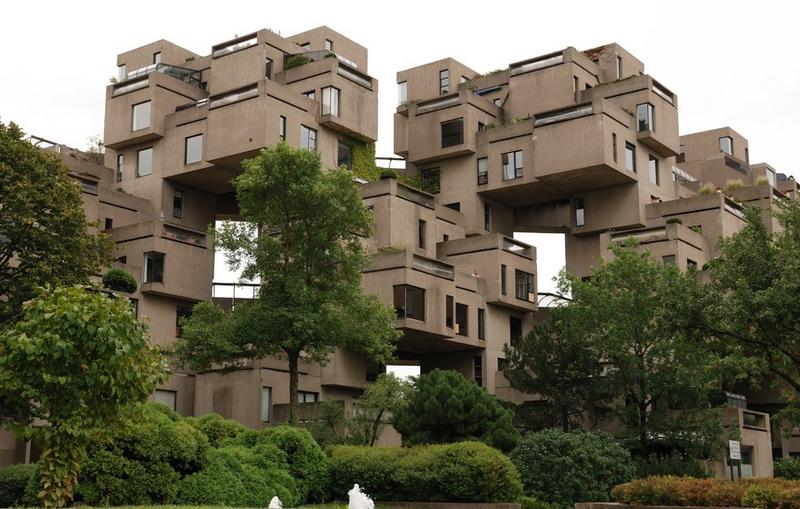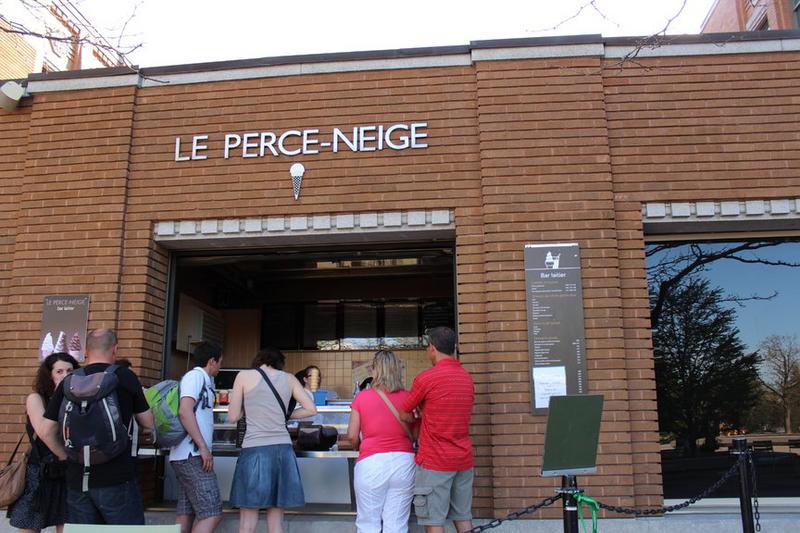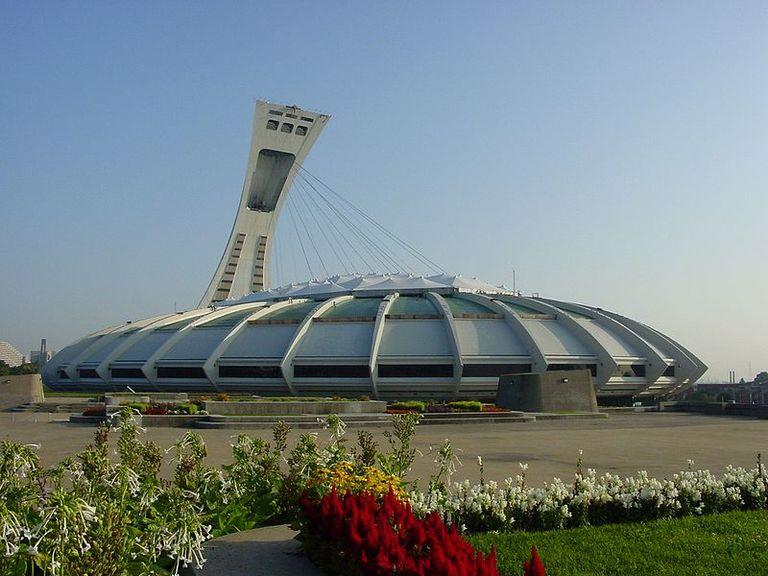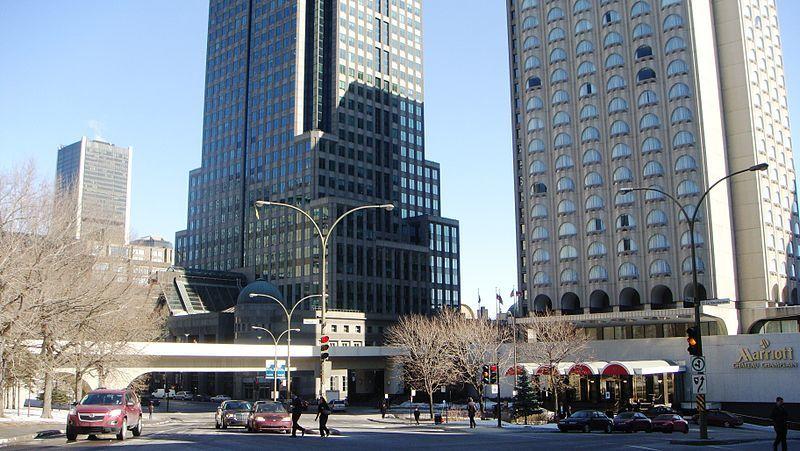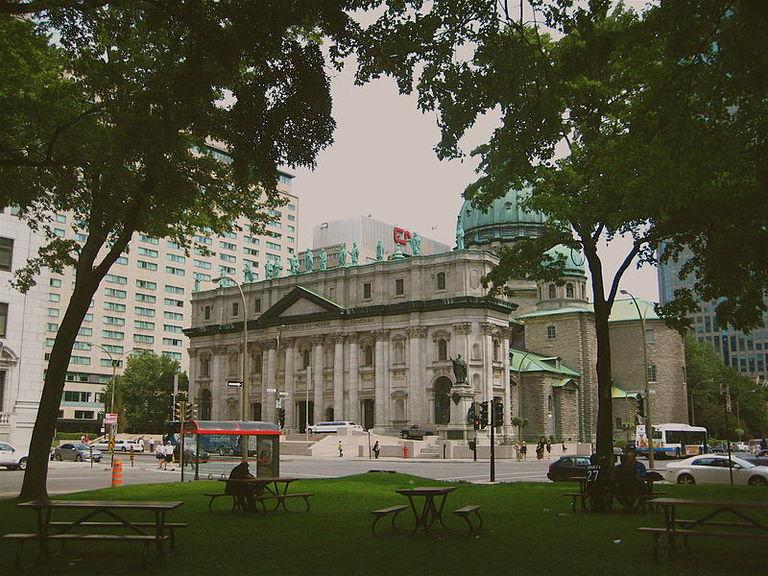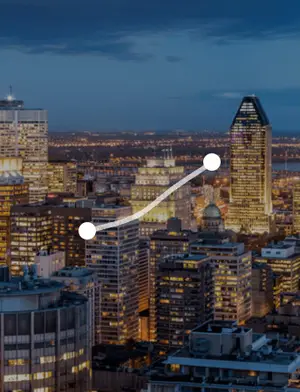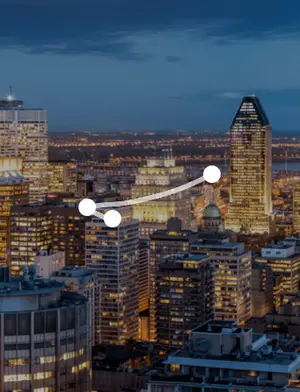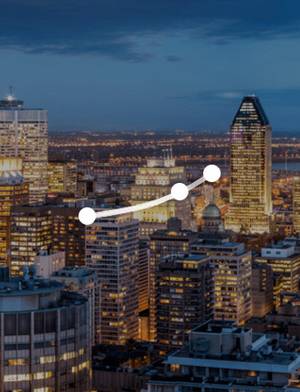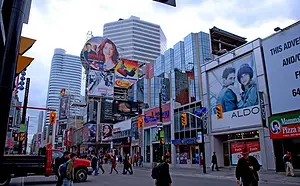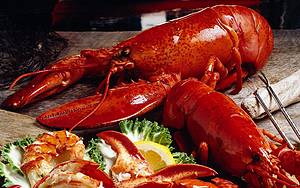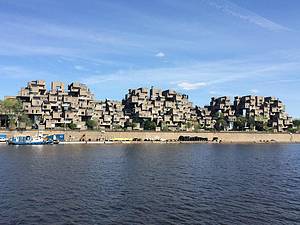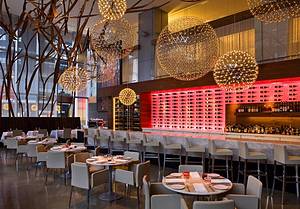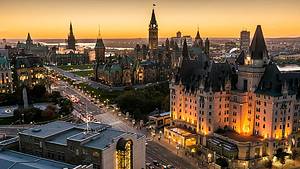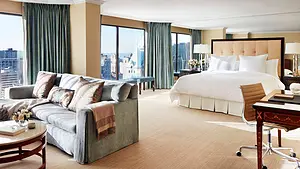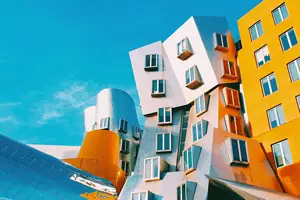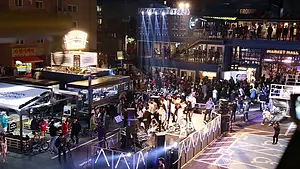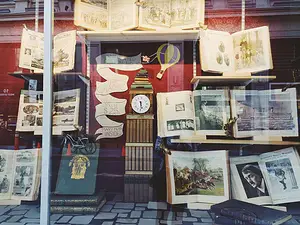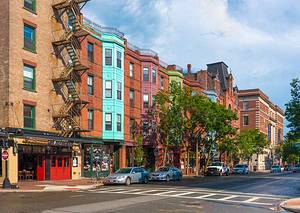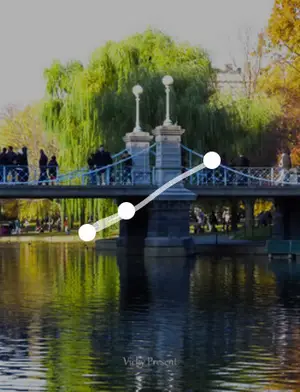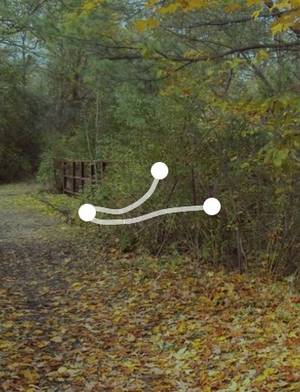Montreal 3-day urban exploration tour
1 cities |
12 attraction(s) |
total distance 48
km
 TIPS
TIPS
Day1
Day2
Day3
Day1: Montreal
4 attraction(s) ·
13 km
1
Saint Joseph's Oratory of Mount Royal is a Roman Catholic basilica located at the southwest corner of Mount Royal in Montreal, Quebec, Canada.
7
km
2
Notre-Dame Cathedral, the largest church in North America, was built in 1829. It is located across from Döllinger Square and is a neo-Gothic Catholic church that can accommodate 5,000 people. The tower on the west side of the church also features the oldest giant clock in North America. The exterior of the church is magnificent and solemn, while the interior is grand and luxurious. The spacious and tall hall, blue ceiling, and stained glass windows, representative of neo-Gothic architecture, are all decorated with artistic details that reflect the wealth of "God." The hall leads to more smaller halls, which are even more luxurious. The church also houses a religious museum that showcases religious art, vestments, etc. Among the exhibits, the exquisite silverware stands out the most. People speak softly and walk quietly in the church, influencing each other in the solemn atmosphere.
3
km
3
McGill University is a famous university in Canada, located in Montreal, Quebec. The campus of McGill University is beautiful, with a unique landscape of traditional European-style buildings with modern buildings. The university has a high reputation in Canada and its research level is well-known worldwide. It was established in 1821 and has had over 32,000 students by 2005. Medicine, literature, law, engineering, natural sciences, and agriculture are the outstanding disciplines of McGill University. The university has a large number of international students and scholars from around the world. Additionally, McGill's medical school has a high reputation in Montreal and Canada.
4
km
4
The Old Town is the main tourist attraction in Montreal. It is an area bordered by Berri Street and McGill Street to the east and west, and the St. Lawrence River and St. Jacques Street to the north and south. It was once a busy port 300 years ago, but now it is mainly focused on tourism. Walking through the busy harbor of the Old Town, you can see luxurious sightseeing carriages adorned with flowers, passing by exquisite French landscapes and ancient castles. The crisp sound of horse hooves fills the streets with joy and a sense of spring, as if bringing back the old European charm. Walking through the streets, the shimmering, jumping, changing, and moving lights can be both dazzling and bewildering. Various cultural events and festivals, including jazz festivals and the renowned Montreal International Film Festival in August, attract millions of enthusiasts from around the world. In addition, there are various other festivals such as beer festivals, alternative film festivals, French music festivals, and international culinary festivals. Whether it is delicate and exquisite or majestic and grand, every architectural design in the Old Town of Montreal is a beautiful work of art. It is truly a sight to behold and brings endless beauty and enjoyment.
Day2: Montreal
4 attraction(s) ·
22 km
1
Mount Royal is the tallest peak in Montreal, established in 1870. It covers an area of 101 hectares and was designed by the famous designer Frederick Law Olmsted, who also designed New York's Central Park. The park retains the natural beauty of Mount Royal, and two lookout points offer charming views of the city. La Fontaine Park is the main green space in the Mount Royal area, covering 40 hectares. The park features two artificial lakes surrounded by maple trees, making it a beautiful spot for maple leaf viewing in Montreal. There are also walking and biking paths along the lake, perfect for picnics.
6
km
2
McCord Museum of Canadian History
The McCord Museum, located next to McGill University, is a museum mainly dedicated to showcasing Canadian history and culture. Founded by David McCord in 1921, the initial exhibits were mainly from the McCord family collection.
6
km
3
Habitat 67 is located on the banks of the Saint Lawrence River and is one of the most unique and creative buildings in Montreal, as well as one of the largest community buildings in the world. It was designed and built by architect Moshe Safdie in 1967, and was also one of the main themes of the 1967 Montreal World Exposition.
11
km
4
The Montreal Botanical Garden (French: Jardin botanique de Montréal) is a large botanical garden located in Montreal, Quebec, Canada. It covers an area of 75 hectares and includes themed gardens and greenhouses. The garden is considered one of the most important botanical gardens in the world, with a wide variety of plants and facilities. In 2008, it was certified as a national historic site of Canada. The garden was established in 1931 and spans 730,000 square meters, featuring French garden style as the main theme. It consists of 10 greenhouses and 30 outdoor gardens with different themes, housing over 26,000 plant species, making it the largest botanical garden in North America. The Mosaïcultures reception hall serves as the entrance to the greenhouse exhibition area. The bonsai collection donated by Mr. Wu Yisun in 1984 has made the bonsai area the largest exhibition area outside of Asia. The tropical rainforest greenhouse showcases a dense forest of creeping, climbing, and epiphytic plants. The arid regions greenhouse mainly exhibits succulent plants such as aloe from Africa and cacti and agaves from the Americas. Next to the greenhouse area of the Montreal Botanical Garden is the Dream Lake Garden, a Chinese-style garden in the architectural style of the Ming Dynasty. It covers an area of 25,000 square meters and was co-built by the cities of Shanghai and Montreal in 1991. The name "Dream Lake" sounds similar to "Montreal" in Chinese, symbolizing the friendship between these two sister cities.
Day3: Montreal
4 attraction(s) ·
14 km
1
Montreal's Olympic Stadium was the venue for the 1976 Olympics. The unique design and leaning tower of the stadium have become a symbol of Montreal. The stadium can accommodate 80,000 people and is known for its spacious event space, modern architecture, and excellent equipment. Visitors are impressed by the stadium's lighting and sound effects, as well as the bilingual scoreboards and announcements in English and French. In addition to the stands, the stadium also has a baseball bar, game center, batting machine featuring famous pitchers from the American professional baseball league, and a service area for making personalized baseball cards. The stadium hosts not only large baseball and soccer games but also Montreal Exposition and many concerts.
12
km
2
Canada Square is a square in downtown Montreal, which was part of Dominion Square before 1967. With an area of 14,000 square meters, it is slightly larger than the adjacent Dorchester Square and has diverse terrain due to the downhill slope towards Gauchetière Street. It is open 24 hours a day and stretches from René Lévesque Boulevard in the north to Peel Street in the east, Cathedral Street in the west, and Gauchetière Street in the south. Canada Place, known as a symbol of Vancouver, was the Canadian pavilion at the 1986 Expo. The whole building is covered with a giant tent-like structure and houses the Parliament Centre, Promenade, shops, hotels, and the Pan Pacific Hotel, a five-star restaurant. In addition, there is a large CN IMAX theater with a wide screen. Designed specifically for the 1986 Expo, this impressive compound building resembles a fleet of small ships and is now an international conference venue.
1
km
3
Dorchester Square and Place du Canada are two green squares located in the heart of downtown Montreal. They are adjacent to each other and feature a statue of Sir John A. Macdonald, the first Prime Minister of Canada. The squares are surrounded by famous buildings and have a peaceful and elegant environment with lush trees and beautiful flowers. There are also numerous exquisite sculptures scattered around. During the summer, the squares become a gathering place for various festivals and the endpoint of the national day parade. From 1799 to 1854, this location was the site of a Catholic cemetery.
3
km
4
Westmount Square is a plaza located in Westmount, Quebec, Canada. It combines office and residential functions, including four buildings, two of which are residential buildings, designed by Mies van der Rohe. The plaza opened on December 13, 1967 and is connected to Place Alexis Nihon by a tunnel. It features a shopping center, boutique stores, art galleries, and approximately one-third of the space is reserved for private for-profit medical clinics.
